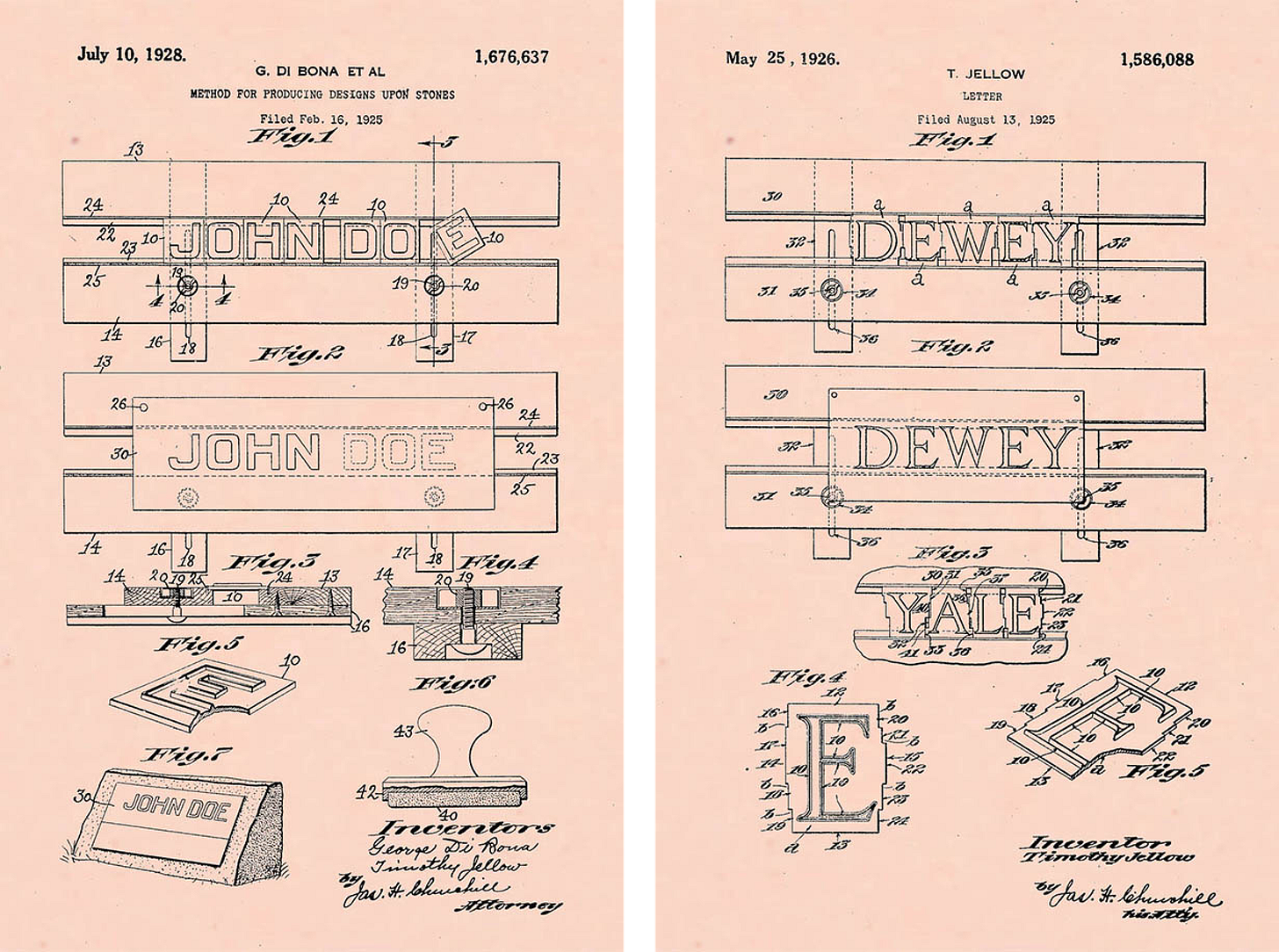EP. 48: Daddied by an AI Robot—R.I.P.
We're joined by "octopus of knowledge/AI robot", Bryan Lehrer. He guided us on a deep dive into gravestone aesthetics and somehow segued into an existential reckoning of what designers are capable of?
Digging Deep into… Cemeteries!
The introduction of fall leads to colder temps, and apparently for Helen and our guest Bryan Lehrer, a visit to Green-Wood Cemetery in Brooklyn, upon which they came across many an intriguing gravestone / tribute to someone’s life. Cemeteries are, at least to us, interesting crossroads of aesthetic choices influenced by sometimes complex and layered relationships between people.

Strolling through cemeteries made us wonder several things: what determines why gravestones look the way they do today? What has been en vogue in within the cemetery context? Why these fonts? Well, if you’re looking for a rabbit hole to descend, enter the Monument Lettering Center.

The Monument Lettering Center website has all sorts of juicy tidbits we didn’t have time to cover during our conversation: (i.e. what happens when there are more bodies interred than ever before? How did engraving and gravestone construction shift to meet demand?? And how are we now printing Super Mario graphics in full colour—on stone?!?!) We, as a niche and micro-influential podcast highly recommend a good ol’ clickaround through their site.

Sorry to go hard on the cemetery content, but between the time of recording and the time that we’ve gotten around to editing this episode, Helen accidentally found a very sick article on gravestone design in the eponymous U&lc magazine, a publication dedicated entirely to showcasing typography (all you font nerds should get into this is if you haven’t yet). Click on the image below to check out the scanned article!
Ok and now we’re reaching the witching hour, where logic begins to fly out the window and sentences may become more run-on than usual…
What Will Our Well-Designed Tombstones Say?
To round out the episode, and to continue on the existentialist thread of part one—we consider the role of the designer as political change-maker in 2024. Is the era of the design thinker, the radical designer—radical design itself—over? Did it ever exist? We consider what it might mean to make change as designers and if design itself can ever really be responsible for true radical change.
Thanks so much to Bryan for being such an incredible guest! You can find his work here. Thanks for listening!
XO,
Helen + Justin




